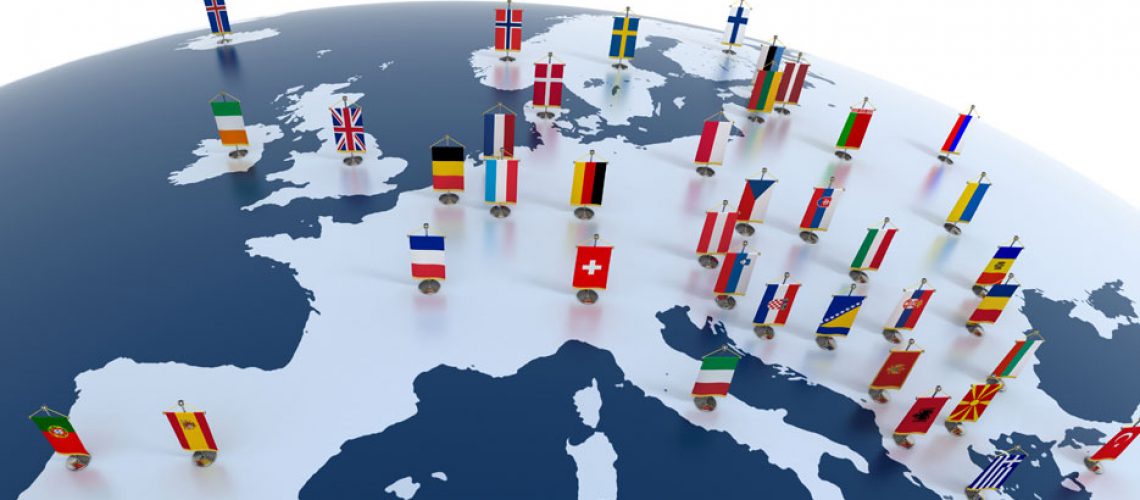Ever wondered if exhibiting abroad could be an easy way to grow your audience fast?
Exhibiting can be extremely good for business if done correctly. Nothing quite beats face-to-face marketing and sales. And doing it abroad is no different. In fact exhibiting abroad comes with a number of key benefits that can all help your business grow, they include:
- New Markets: European exhibitions open up new territories and new opportunities.
- More audience: It’s just simple maths. Want a larger audience or customer base? Then you need to look further afield. Simply by doing this, you can expand your audience considerably, overnight.
- Increased brand awareness: With more audience comes more awareness. By marketing to these people and exhibiting to them, you gain greater brand awareness.
- Supply chain opportunities: Sales aren’t the only benefit; sometimes the benefits are in savings. New suppliers, able to save you money or help distribute much more economically, are also out there.
So remember to be open to any conversation, you never know where it might lead. As sales aren’t the only thing that will benefit you.
The Big Shows
Your primary job is to ensure you are at the right shows. So what are the key industry events?
Once you know this, you can choose the exhibitions that will best suit your product or service. Doing this allows you to plan and prepare for the key challenges you’ll face when planning an exhibition abroad. These are:
- Logistics
- Quality Control
- Staffing
- Cultural
The Challenges
Logistics
- Consider using companies with manufacturing capabilities in the region you’re interesting in targeting. So if you’re based in the UK and exhibiting in Europe, do your stand designers have any European coverage?
- This can make working with them challenging due to time and language differences. However, many leading stand design and build companies will have a UK design hub who can understand and translate your brief.
- They will be able to manage your project effectively from design to delivery and build on-site. Working this way also removes the nightmare of shipping, which can be a huge hurdle.
- If you are shipping, make sure you understand what that entails. How long does it take? Who will assemble your stand when it arrives? How will it be shipped, as it might not be suitable for your stand or your stock (everything from temperatures, to knocks to weights, etc.)? It can be advisable to seek professional knowledge when working at this scale?
Quality Control
- It is often difficult to manage the quality of a build at arm’s length or be certain that a build you have overseen will arrive intact after shipping. So you need to know what the risks are and ask the right questions. A good stand design and build company will have processes in place to ensure quality and have built their businesses and reputations on the quality of what they deliver.
- So look at the work they’ve done, think about builds you’ve seen at other exhibitions yourself and so on. It’s your reputation that’s on the line, not theirs, so you need to be confident they understand this and won’t let you down.
Staffing
- The most obvious hurdle is getting your staff there? What does this entail? Is there a case for using a local team or at least having their assistance? This could mitigate language barriers, etc. and reduce costs. But it does then reduce control of the outcome. What balance works best for your objectives?
Cultural
- This might seem like the small stuff compared to the above, but success is often in the details. For many companies, minor oversights often cause even the best stands and exhibitions real problems.
- Remember, everywhere is different. Just because it works in one place doesn’t mean it will work in another. This applies to anything from power sockets to tastes and expectations.
- You have to consider everything from messaging to the relevance of your product and service itself. You don’t want to have something to offer that there is absolutely no market for.
These are not the only challenges; they’re simply some of the more common ones. This is why it’s often beneficial to use UK companies with EU/International capabilities, as they can help you manage this incredibly complex process effectively rather than simply being something else to manage. They’ll know what is needed where and able to get that message across directly. And a benefit like this level of service can seriously help drive the success of your stand.



